Modernization achievements in Inner Mongolia autonomous region
Updated: 2017-08-16 (Xinhua)  Print
Print 



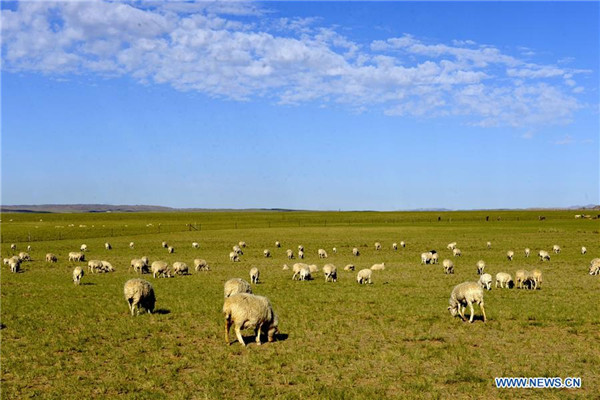
Sheep graze on the grassland in Urat Middle Banner of Bayan Nur city, North China's Inner Mongolia autonomous region, May 14, 2017. [Photo/Xinhua]
The Inner Mongolia autonomous region has made great achievements on the path of modernization over the past 70 years.
Modern Animal Husbandry
It has been very popular in Inner Mongolia today to take advantage of modern technologies in livestock farming.
Farms in Huugjilt village, Sunite Left Banner in north Inner Mongolia were equipped with video monitoring system in 2014, allowing herdsmen to observe their animals from home on computers or mobile phones. The system has not only saved herdsmen time physically going to check their herds, but also helped cut labor costs.
Automatic drinking system was also equipped on many farms in Inner Mongolia. With a sensor that keeps the water at a certain level, the system ensures adequate water for the herds.
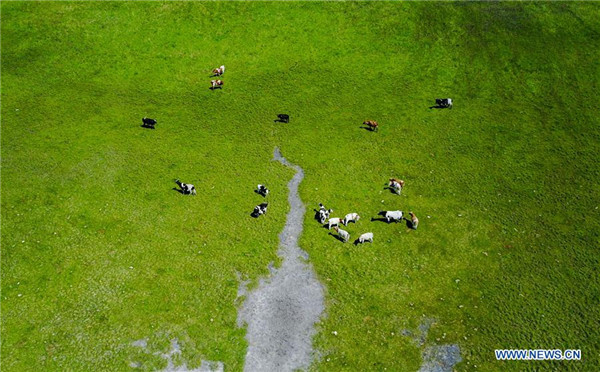
Photo taken on July 1, 2017 shows cows in Hulun Buir grassland, in North China's Inner Mongolia autonomous region. [Photo/Xinhua]
A positioning system, jointly developed by Inner Mongolia University of Science and Technology and the animal husbandry bureau of Hangjin Banner, Ordos was officially put into use in Inner Mongolia in 2016. By fitting animals with GPS collars, their locations can be viewed on computers or phones, making herding much easier for the herdsmen.
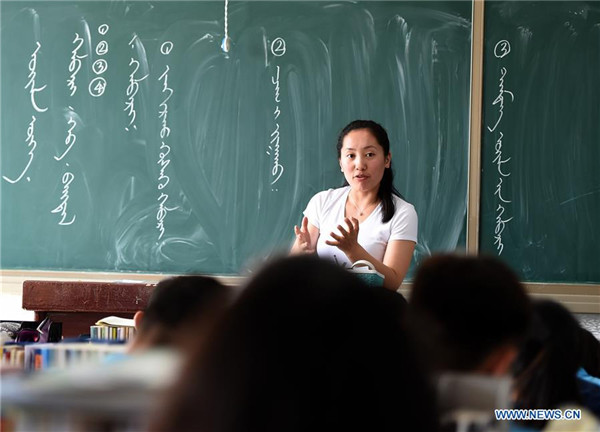
A teacher gives lessons in Mongolian at Mongolian Middle School of Xilingol League, North China's Inner Mongolia autonomous region, July 12, 2017. Back in 1947, there were only 22,000 students of ethnic minorities in Inner Mongolia. After 70 years' development, over 300,000 students receive bilingual education, mainly in Chinese and Mongolian, in 502 ethnic schools. [Photo/Xinhua]
Modern Technology in Mongolian Language Preserving
Mongolian language education is an essential part of the education system in this autonomous region since the language is inseparable from the culture. According to the local government, almost every Mongolian preschooler today can enjoy a Chinese-Mongolian bilingual education.
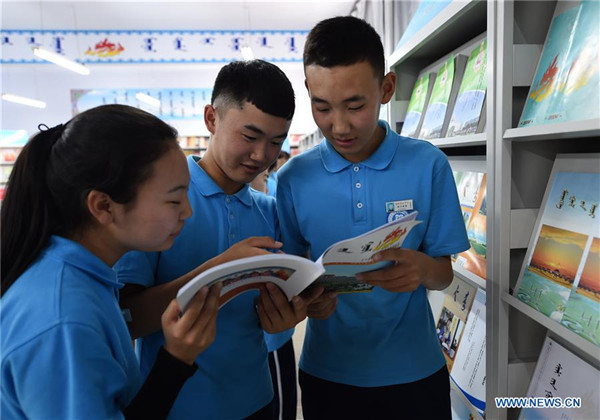
Students read a Mongolian magazine at the reading room of Mongolian Middle School of Xilingol League, North China's Inner Mongolia autonomous region, July 12, 2017. [Photo/Xinhua]
A Mongolian language database containing over 19 million words and phrases was developed by experts in May 2017 in an effort to protect ethnic culture and language. Based on cloud computing technology, the program was initiated in 2012 by Mengdong cloud computing center of Chifeng City and Inner Mongolia University. The database covers a wide range of content including lexicons, grammar and literature, and offers a Mongolian-Mandarin electronic dictionary to the public.
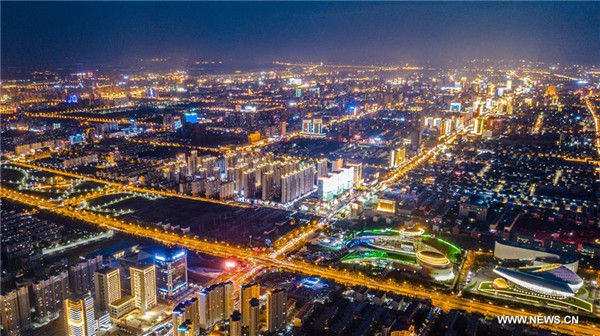
Photo taken on July 31, 2017 shows the night scene of Hohhot, capital of north China's Inner Mongolia autonomous region. This group of photos taken by drones shows landmarks of the city, reflecting the development of the city in recent years.[Photo/Xinhua]
Urban Modernization
Cities in Inner Mongolia have witnessed significant development in past decades. The urbanization rate of Inner Mongolia has surpassed 60 percent, with the total length of highways across the region reaching 190,000 kilometers.
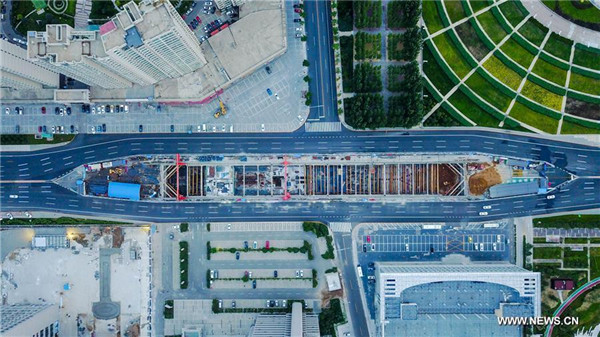
Photo taken on Aug 1, 2017 shows the construction site of subway line No. 1 in Hohhot, capital of north China's Inner Mongolia autonomous region. [Photo/Xinhua]
Hohhot, capital of Inner Mongolia autonomous region, is the political, economic and cultural center of the region. In local language, Hohhot means the "Blue City".
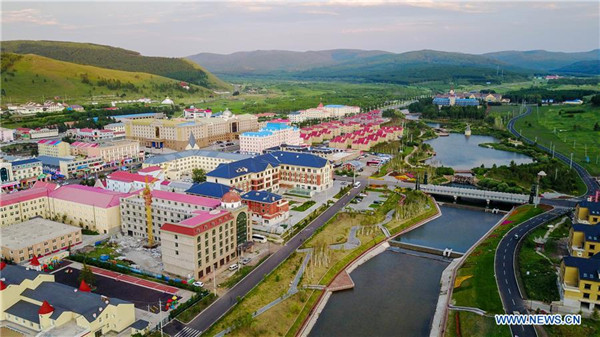
Aerial photo taken on July 18, 2017 shows a scene of Arxan city, North China's Inner Mongolia autonomous region.[Photo/Xinhua]
Arxan, a summer resort city in Inner Mongolia, is famous for its volcanic relic, grassland, forest, volcanic lake and folk culture. The vegetation coverage of the city is over 80 percent and the forest coverage reached 63 percent. The permanent resident population is over 60,000.
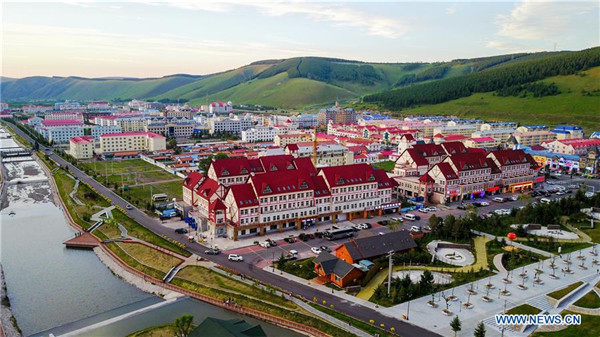
Aerial photo taken on July 18, 2017 shows a scene of Arxan city, North China's Inner Mongolia autonomous region.[Photo/Xinhua]
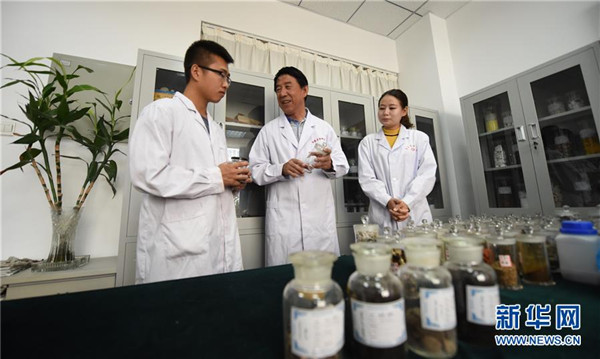
A professor(M) explains Mongolian medicine knowledge to students in Inner Mongolia Medical University, July 6, 2017.[Photo/Xinhua]
Modern Mongolian Medicine
Mongolian medicine is a traditional treasure for the Mongolian ethnic group. In recent years, by combining latest scientific development with traditional knowledge, Mongolian medicine continues to develop and progress.
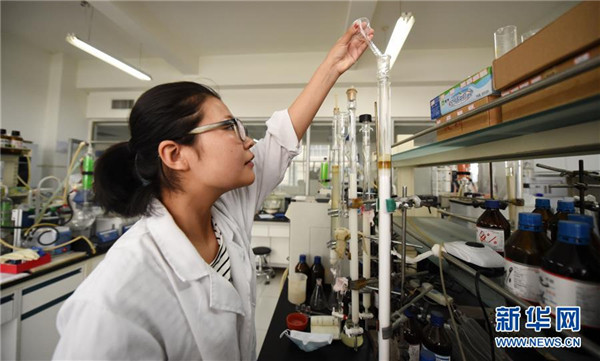
A student separates compound from Mongolian medicine in Key Laboratory in Inner Mongolia Medical University, July 6, 2017.[Photo/Xinhua]
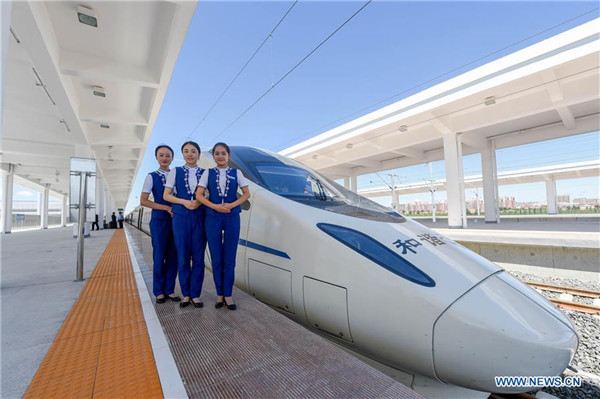
Crew members pose for a photo with the bullet train at Ulanqab Railway Station in Ulanqab, North China's Inner Mongolia autonomous region, Aug 3, 2017. [Photo/Xinhua]
Modern Transportation
First High Speed Railway in Inner Mongolia
The first high speed railway in Inner Mongolia Autonomous Region linking Hohhot and Ulanqab started operation on August 3, 2017. The 126-kilometer-long railway is part of the high-speed railway that links Hohhot to Zhangjiakou in Hebei Province, the co-host city of the 2022 Olympic Winter Games. And the travel time between Ulanqab and Hohhot will be shortened to 40 minutes.
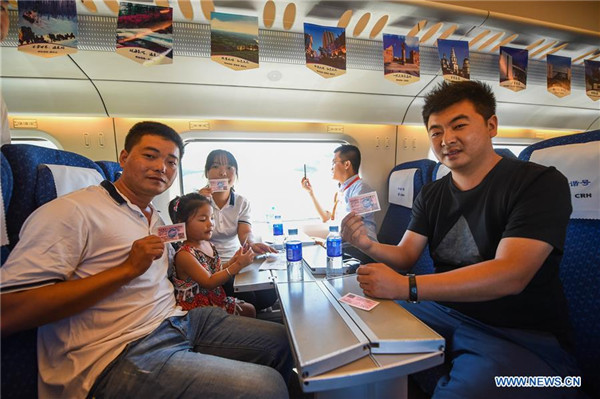
Passengers show their tickets on the bullet train from Hohhot to Ulanqab, North China's Inner Mongolia autonomous region, Aug 3, 2017. [Photo/Xinhua]
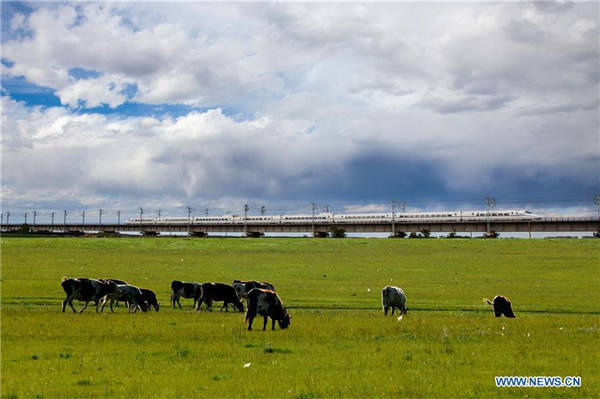
An inter-city bullet train is seen on the railway linking Changchun, Baicheng, both in Northeast China's Jilin province, and Ulanhot in North China's Inner Mongolia autonomous region, on June 8, 2017.[Photo/Xinhua]
Inter-City Bullet Train
An inter-city bullet train has been running on the railway linking Changchun, Baicheng, both in Northeast China's Jilin province, and Ulanhot in North China's Inner Mongolia autonomous region. The 412-km-long railway has been in a test operation since 2017.
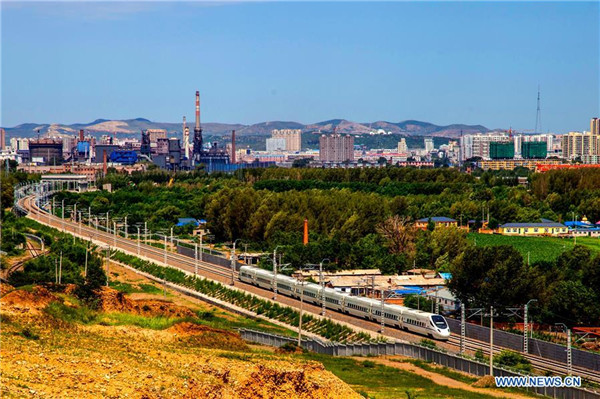
An inter-city bullet train is seen on the railway linking Changchun and Baicheng, both in Northeast China's Jilin province, and Ulanhot in North China's Inner Mongolia autonomous region, on July 12, 2017. [Photo/Xinhua]
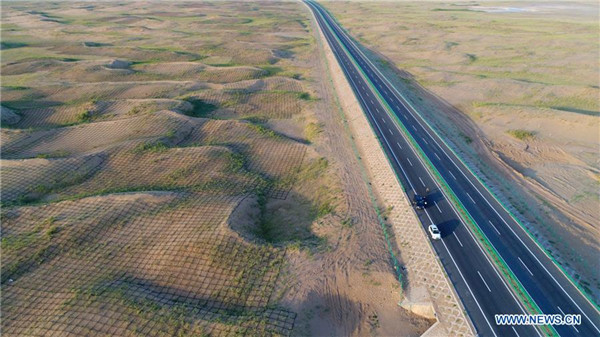
The photo taken on July 14, 2017 shows a section of a freeway between Beijing and Northwest China's Xinjiang Uygur autonomous region, in Bayan Nur city, North China's Inner Mongolia autonomous region.[Photo/Xinhua]
Expressways in Inner Mongolia
The total length of the expressways in Inner Mongolia has reached 6,000 kilometers in July 2017. According to Miao Yinzhu, director of the regional transportation department, Inner Mongolia autonomous region will invest 101 billion yuan($15 billion) in new roads in 2017, building a total of 20,000 km of road, including 3,000 km of expressways.
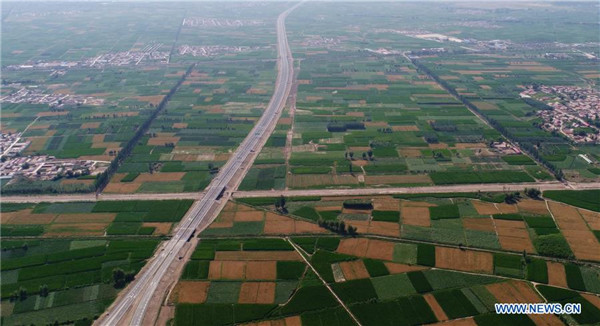
The photo taken on July 14, 2017 shows a section of a freeway between Beijing and Northwest China's Xinjiang Uygur autonomous region, in Bayan Nur city, North China's Inner Mongolia autonomous region. [Photo/Xinhua]





 Ordos Impression
Ordos Impression Ordos WeChat
Ordos WeChat Ordos Reported
Ordos Reported
